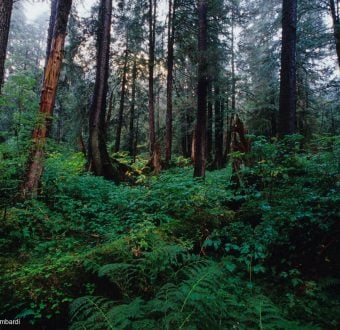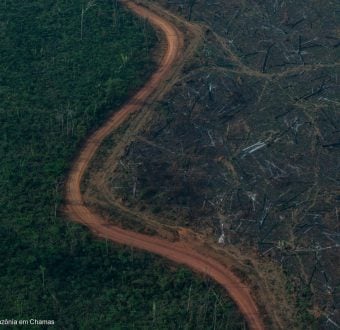The Greenpeace report, “Turning Up the Heat: Global Warming and the Degradation of Canada’s Boreal Forest,” brings together the best science on the Boreal Forest and global warming. It recommends that intact areas of the Boreal Forest should be made off-limits to logging and other industrial activityparticularly in its biologically rich southern regionsto curb this dangerous cycle.
“Governments, industry, and the public need to act to protect what is left of the Boreal forest,” said Rolf Skar, senior forest campaigner with Greenpeace. “If unsustainable logging and mining continue to fragment one of our last remaining ancient forests, resulting carbon emissions could put the world’s climate at greater risk.”
Elizabeth Nelson, a researcher at the University of Toronto and co-author of the report, cautions that logging continues to cause greenhouse gas emissions long after the trees are gone. “Over two-thirds of the carbon stored in the Boreal forest is found in its soils. When the forest cover is removed, the soil decays, releasing additional carbon dioxide into the atmosphere over the following months, years and even decades,” she said.
The report also concludes that logging removes roughly 36 million tons of above-ground carbon from Canada’s Boreal Forest each year- more carbon than is emitted each year by all the passenger vehicles in Canada combined. The area of North American Boreal burned by forest fires doubled between 1970 and 1990. As forest fires become larger, more frequent, and more intense, increasing amounts of carbon dioxide are released into the atmosphere.
Another climate impact hastened by Boreal logging and highlighted in the investigation is the accelerated melting of permafrost. When permafrost melts, carbon dioxide and methane-a greenhouse gas 21 times more potent than carbon dioxide-are released into the atmosphere. Intact forest cover may delay this melt for decades or even centuries. Intact areas of the Boreal forest resist and recover from fires, insect outbreaks, and other impacts better than areas that are fragmented due to logging. These areas also give trees, plants, and wildlife the best chances of migrating, adapting, and surviving in a changing climate.
VVPR info: [email protected]
Notes: The report, executive summary and high-resolution photos are available for download at: http://www.greenpeace.org/turninguptheheat

